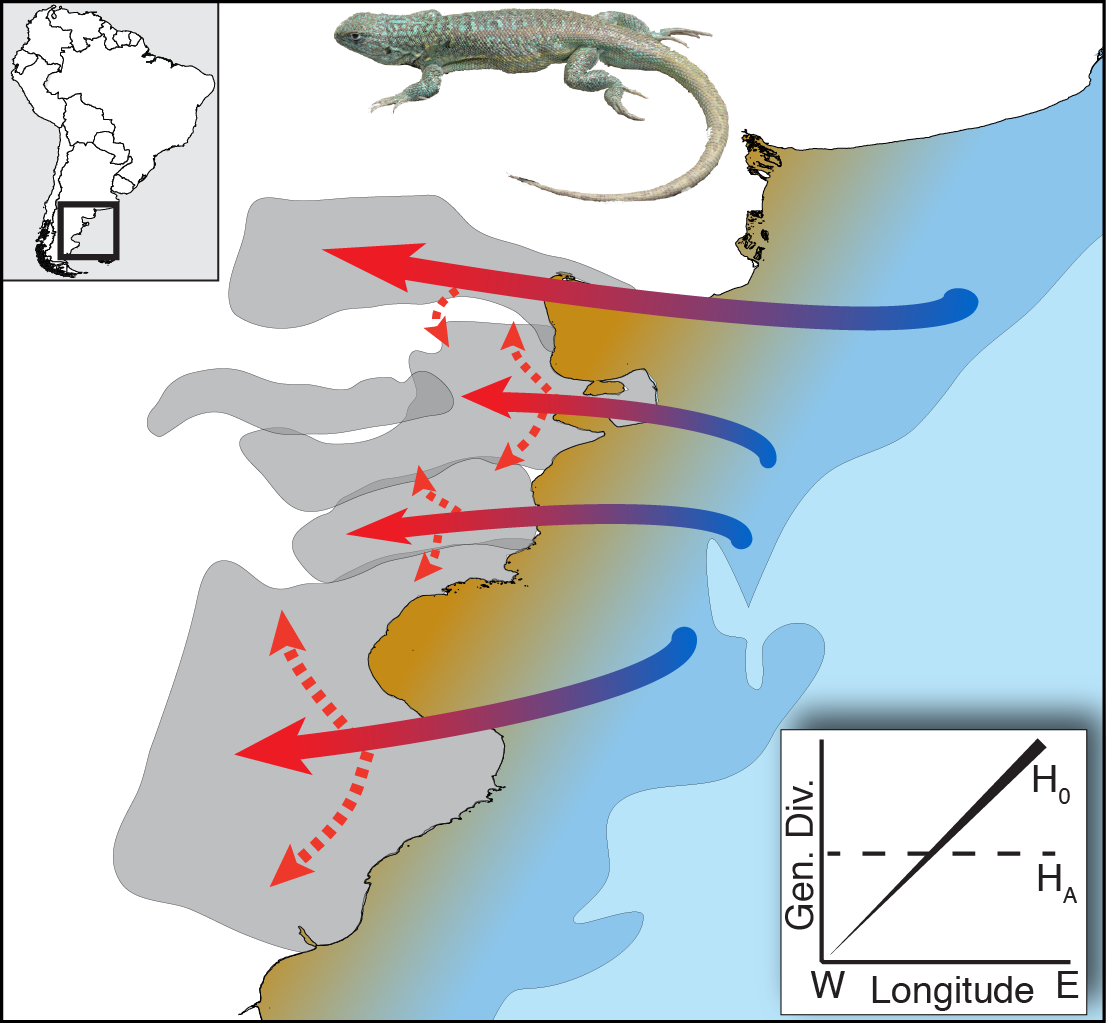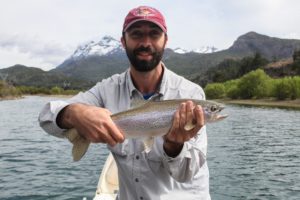Sustaining freshwater recreational fisheries in a changing environment
As of June 2017, I am a postdoctoral fellow researching the adaptation potential of rainbow trout (Oncorhynchus mykiss) to climate change. This research is funded by a generous grant from Genome Canada (Genome BC) and is in collaboration with many academic and non-governmental organizations, including the University of Victoria, University of Calgary, Carleton University, University of Ottawa, and the Freshwater Fisheries Society of BC. My primary role will be in bioinformatics and genomics, but I also hope to do some field sampling as well. I'm excited for this new position!
Species Delimitation
One of my main research interests is in delimiting evolutionary independent lineages, what most people call "species". Although I primarily perform research on reptiles and amphibians, I am also very interested in developing methods that can be used by a broad array of researchers studying a variety of organisms. Independent lineages are most accurately assessed with multiple pieces of evidence, e.g., morphological, molecular, and ecological interactions. However, the availability and ease of collecting molecular data has made this type of data the common currency of species delimitation.
I am currently collaborating with Drs. Mariana Morando and Luciano Avila to delimit species in a group of Liolaemus lizards in Argentina using SNP (single nucleotide polymorphism) data.
The Genomics of Speciation and Hybridization in Liolaemus


